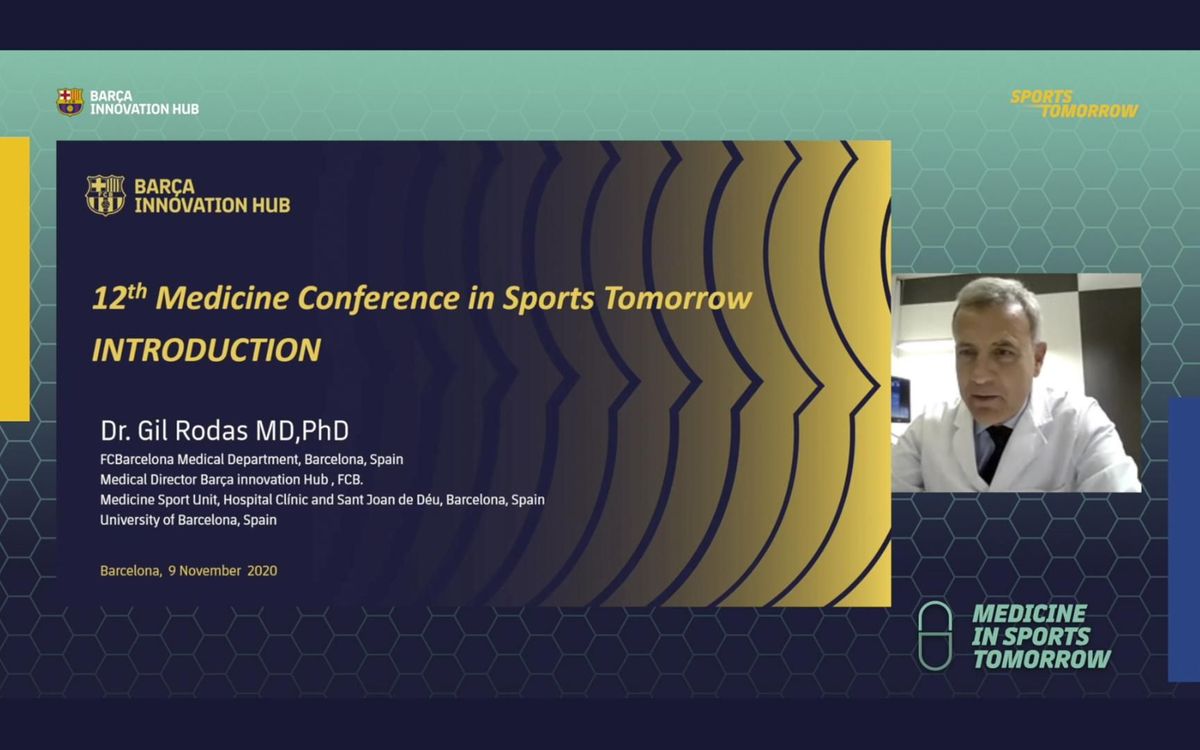Barça presents guide to treating tendon injuries, one of the most common in team sports
- Viber
- Messenger
- Copy link
As part of the symposium on Sports Medicine at the Sports Tomorrow Congress, FC Barcelona has presented the Tendon Injury Guide, a manual based on the club’s research and clinical trials of recent years conducted together with international experts and which can serve as a reference for other clubs and institutions.
The main goals of the Barça Innovation Hub include the promotion of research as well as disseminating and sharing knowledge among the different stakeholders in the world of sport. And this is precisely what is intended with the Tendon Injury Guide, a practical clinical guide to tendon injuries that was presented today Tuesday at the opening session on Medicine in Sports Tomorrow, part of the Sports Tomorrow Congress being held online between November 9 and 20.
Studies carried out by the club in the last five years with a database of more than five thousand athletes show that the most common injuries are muscle and tendon injuries, and that is why Barça decided to initially focus its attention on these two pathologies. A comprehensive guide to muscle injuries was presented two years ago, while the work has since been focusing on tendon injuries. This latest publication, led by Dr Gil Rodas, medical director of the BIHUB and coordinated by Dr Alan McCall, from Napier University, Edinburgh, has involved specialists from eleven different countries, some of whom are attending the congress to explain how this guide was put together. It addresses different aspects in a comprehensive manner, including pathophysiology and risk factors, diagnosis, treatment and rehabilitation, and the management of different types of conditions, depending on the tendon involved.
The guide, which will be published in the coming weeks, aims to bridge the frequent divide between day-to-day experience and scientific research. Dr Gil Rodas says that “based on experience, applied research should be promoted to help us manage tendon injuries, which often occur as a chronic injury. In these cases, the player must live with this pathology and doctors, physiotherapists and physical trainers need to know how to manage training loads in such a way that athletes can continue to compete but at the same time prevent the injury from becoming chronic or the tendon from rupturing. The key is to manage this situation.”
- Viber
- Messenger
- Copy link

